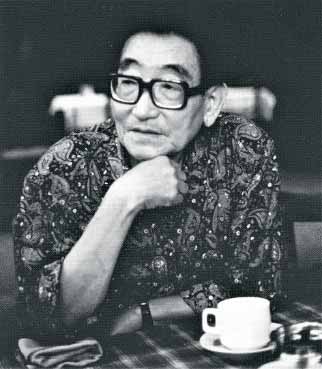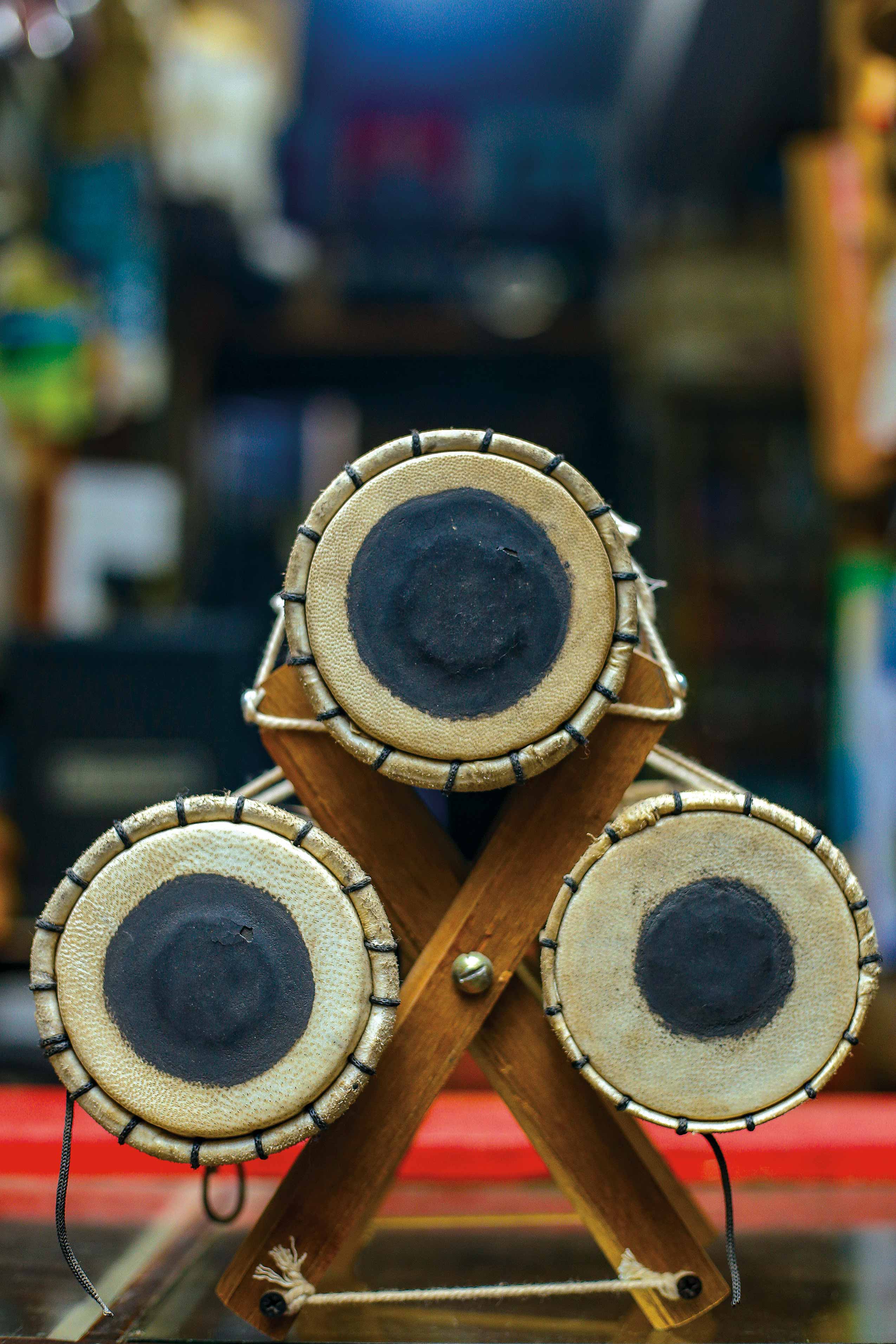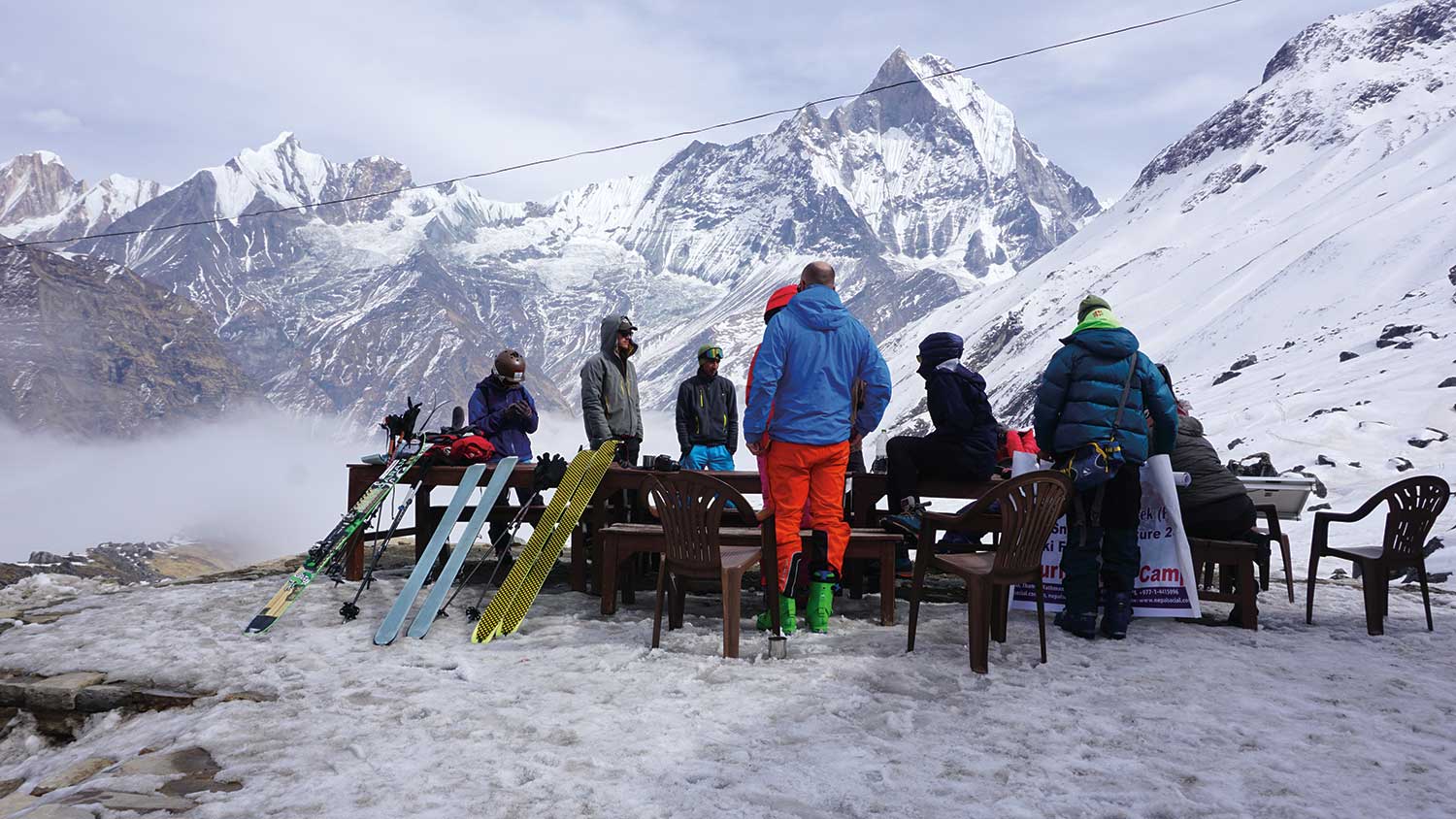Patan’s traditional prayers according to seasons
Majestic face and a divine body
Aura that of the sun itself
Coroneted with a crown of gold
Crested with a ketaki flower
These lines are part of a Newari traditional prayer dedicated to Lord Bhairav, regarded as a fierce manifestation of Lord Shiva. They have been used to describe the mythical demigod. Uniquely, the music that accompanies the singing (all in Nepal Bhasa) differs according to the different months and seasons.
Prayers in the name of Lord Bhairav are sung and performed on Sundays by the Walkhu Chi Ba Mankha Khala at Patan’s Walkhu tole. The rest of the week is dedicated to various other gods and goddesses. Monday is devoted to Min-nath, Tuesday to Ganesh, Wednesday to Buddha, Thursday to Machhindranath, Friday to Krishna and Saturday to Bhimsen.
Each session starts with a Jyola, which acts an intro. It commences with the lighting of a lamp for Lord Ganesh, the elephant-headed god who is regarded as a symbol of auspiciousness and good luck. Next is the Raag, which differs according to the deity being worshipped on that particular day. The Raag is followed by the Aaaradhana, performed to praise the god or goddess. Finally, a prayer called Aarati is sung to bid the divine being farewell, thanking him/her for his/her gratitude towards his/her followers. At this point, a special triple lamp is set alight. These prayers are performed every evening in Patan during the month of Ashwin (17th Sept. to 17th Oct.).
The musical instruments used during this prayer include Khi (a huge traditional two- sided drum), Jor Damaru (a two-sided instrument mythically believed to be played by Lord Shiva, this particular one being played in pairs by the devotees), Taa and Bamaicha (small copper instruments played by striking each other).
 Incidentally, all these prayers differ in accordance with the gods being worshipped. Hence, the terms Kartikalaya, Marshalaya and Maaghalaya (for the months of Kartik, Ashwin and Maagh) and so on. The ones that are played throughout the year are known as Baaramashi while the hymns played only during the spring (Basanta) are called Basantalaya. “Some of the prayers vary only in tunes but the lyrics are the same,” says Nuchelal Maharjan, an ardent member of the bhajan group. During an absorbing conversation, he tells me about Gwara, one of the most complex hymns in terms of musicality. “Devotees have to be very careful while performing this bhajan. There are a lot of variations and alternate timings so even a slight mistake can make it end up in a cacophony!” he adds.
Incidentally, all these prayers differ in accordance with the gods being worshipped. Hence, the terms Kartikalaya, Marshalaya and Maaghalaya (for the months of Kartik, Ashwin and Maagh) and so on. The ones that are played throughout the year are known as Baaramashi while the hymns played only during the spring (Basanta) are called Basantalaya. “Some of the prayers vary only in tunes but the lyrics are the same,” says Nuchelal Maharjan, an ardent member of the bhajan group. During an absorbing conversation, he tells me about Gwara, one of the most complex hymns in terms of musicality. “Devotees have to be very careful while performing this bhajan. There are a lot of variations and alternate timings so even a slight mistake can make it end up in a cacophony!” he adds.
When I ask Sanu Kaji Maharjan about the Jor Damaru he is playing, a very interesting fact pops up. He tells me about his father Hiralal Maharjan, who used to be a well-known teacher of the instrument. Hiralal Maharjan, in fact, was amongst the few who made the effort to publish a book on the traditional notations used in playing the Jor Damaru. “According to Hindu mythology, the damaru is regarded as one of the first instruments. It is believed that Lord Shiva used it to wield his mystical powers. All the phonetics used in our speech are said to have been created by the instrument,” he explains.
After a healthy discourse on the subject of traditional bhajans, it is time for everyone to go home. Signalling the end is the Aaarati. My eyes beam with a new understanding of a tradition that has survived for centuries inside Kathmandu Valley. This unforgettable experience manage to incite a newborn desire in me to keep attending such sessions!
WHAT DEVOTEES SAY
Nuchelal Maharjan
There is a belief that a community that regularly performs these prayers is freed from misfortune. It’s high time for the Newar community to start preserving this dwindling culture as it has seen very little participation from the new generation in recent years. Even so, we are performing every day so that we do not forget the beats and prayers. The surviving texts written in the early ages for the prayers are in an old language. Only our senior prayer teachers understand most of them. Currently, we are trying to print a new version that can be easily understood by the public.
Asta Man Maharjan
Although the daily prayers are a part of the core Newari tradition, it has been difficult to encourage the youth to take part. It’s mostly due to their indulgences in modern technology and wavering interests in other subjects. Personally, I feel that attending these daily prayers will help in bringing the mind back to focus on reality and to get rid of the tensions that we face in our professional as well as modern lives. Moreover, they act as historical documents where stories of ancient kings and civilization (especially the Malla period) are retold in the lyrics.
Sanu Kaji Maharjan
It is believed that the sound emanating from the daily prayers (especially the ones produced by the Taa and Bamicha) help in getting rid of negative energy. At present, senior musicians of the prayer group are teaching interested individuals every morning. It seems that the government is lacking behind in giving proper attention to preserve this culture. This includes women and children. We musicians fund the prayer sessions and our instruments personally. It would be good if the communities themselves take a keen interest in changing this reality.










